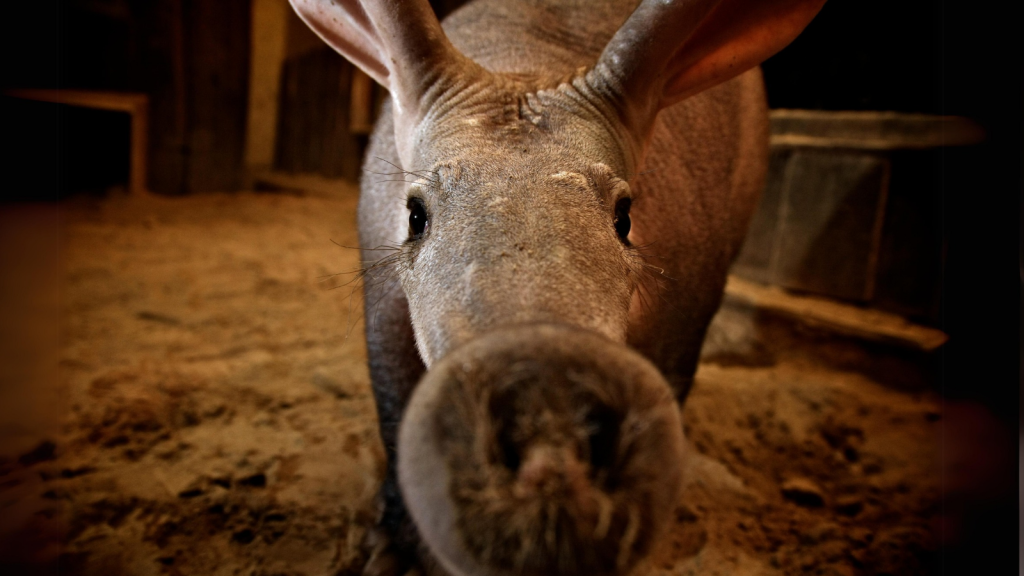We all know that aardvarks eat ants, but what eats aardvarks? Aardvarks, those peculiar pig-nosed creatures of the African savanna, might seem like unlikely prey. With their tough skin and powerful claws, they’re well-equipped to defend themselves. However, in the wild, every animal has its predators. From big cats to reptiles, several species hunt these nocturnal mammals. While aardvarks aren’t at the top of many predators’ menus, they do face threats from a variety of carnivores.
Lions
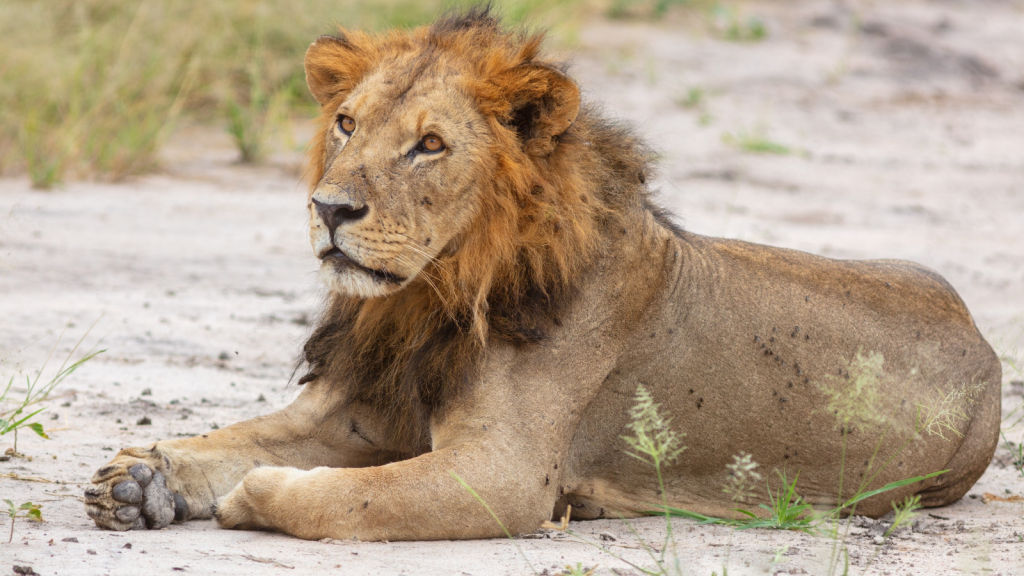
As apex predators, lions will eat almost any large animal they can catch. While aardvarks aren’t their preferred prey, lions won’t pass up the opportunity for an easy meal. They typically hunt aardvarks when other prey is scarce or when they encounter a vulnerable individual. Lions use their strength and teamwork to overpower the aardvark. Their powerful jaws and claws can easily overcome the aardvark’s defences, making them a formidable threat.
Leopards
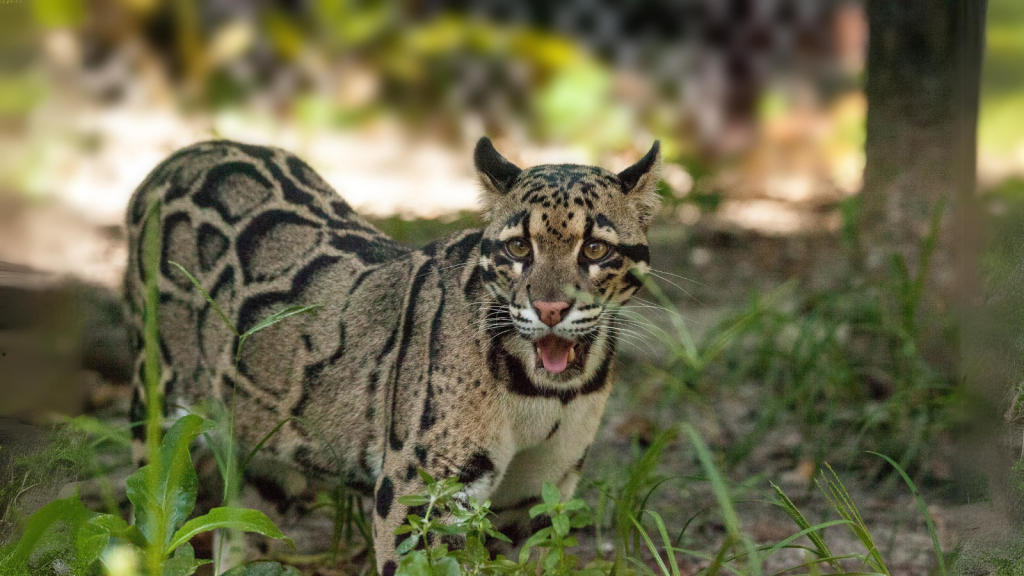
Known for their stealth and power, leopards are opportunistic hunters. They’ve been observed preying on young or sick aardvarks. Leopards often drag their kill up into trees to protect it from other predators, although this is more challenging with an aardvark due to its weight. Their excellent night vision gives them an advantage when hunting nocturnal aardvarks.
Hyenas
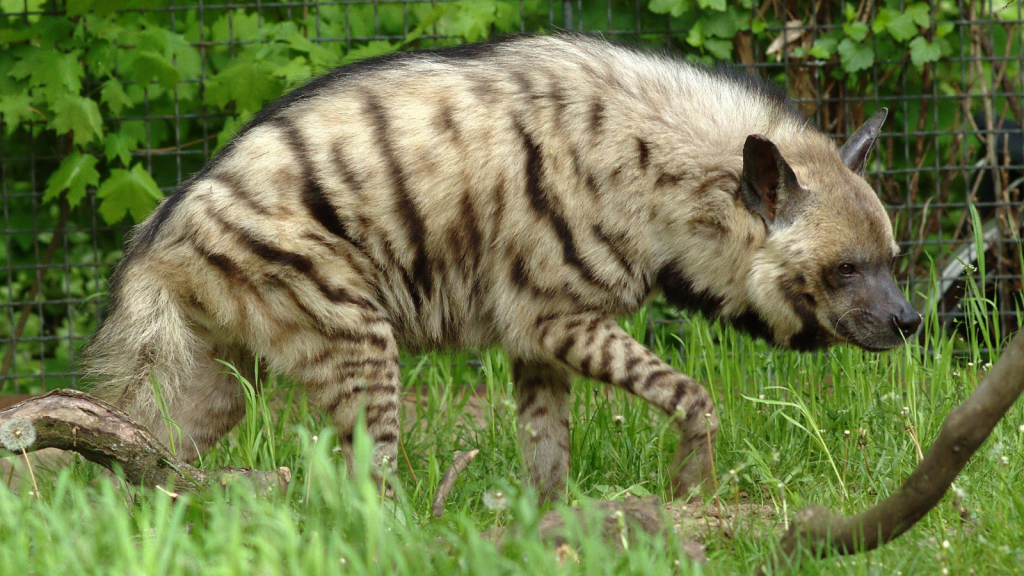
Both spotted and striped hyenas have been known to hunt aardvarks. These opportunistic feeders will take advantage of any prey they can catch. Hyenas typically hunt in packs, which allows them to take down larger prey like adult aardvarks. Their powerful jaws can crush bones, leaving little of the aardvark uneaten.
African Wild Dogs
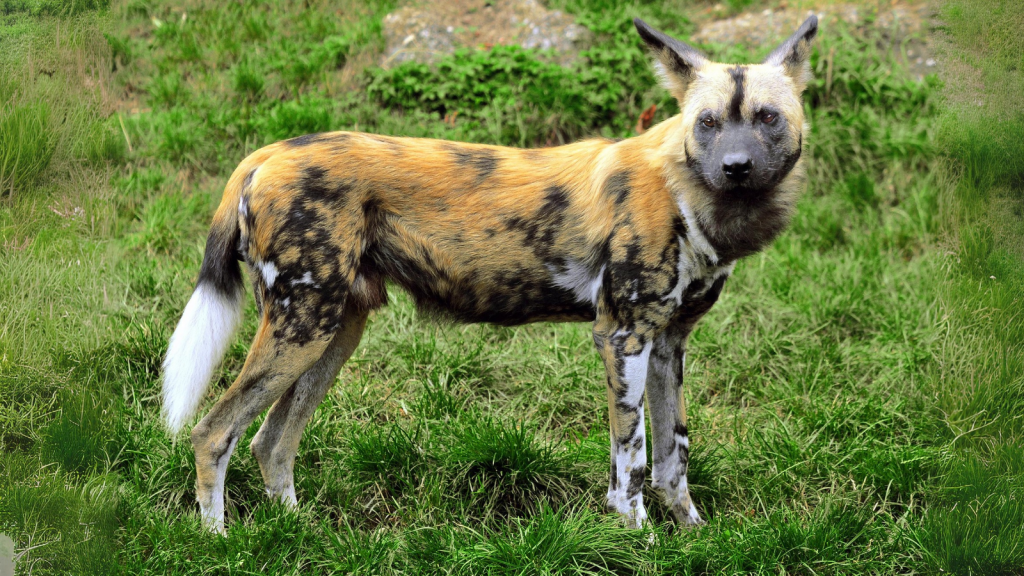
These highly social canines hunt in packs, which enables them to bring down prey much larger than themselves. While aardvarks aren’t their primary target, wild dogs will hunt them if the opportunity arises. Their stamina and teamwork make them formidable predators. Wild dogs’ exceptional endurance allows them to wear down aardvarks in prolonged chases.
Pythons
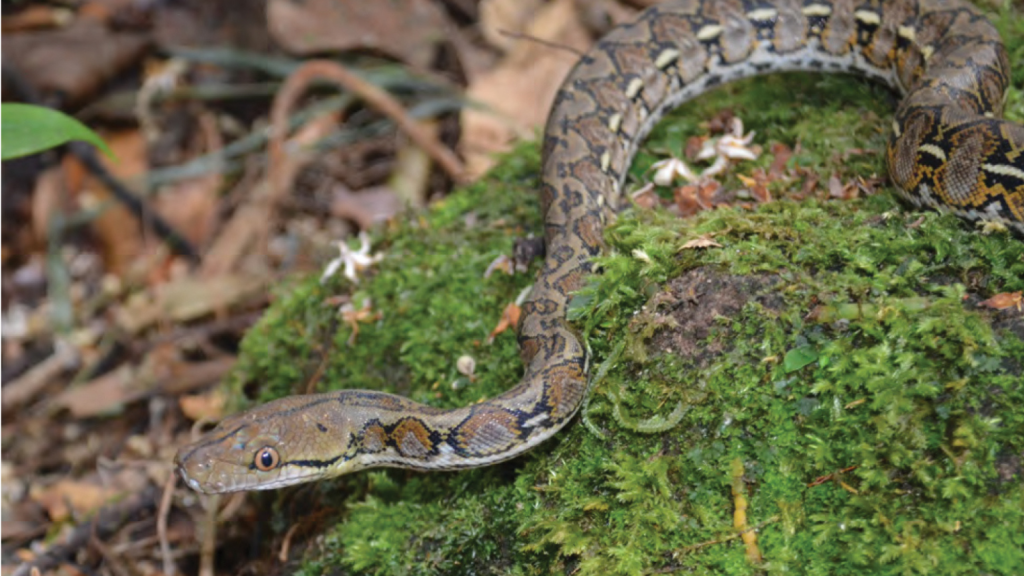
Large pythons, such as the African rock python, are capable of eating aardvarks. These snakes use their powerful bodies to constrict their prey before swallowing it whole. Pythons typically ambush their prey, which could include an unsuspecting aardvark. Their ability to unhinge their jaws allows them to consume prey much larger than their own head size.
Nile Crocodiles
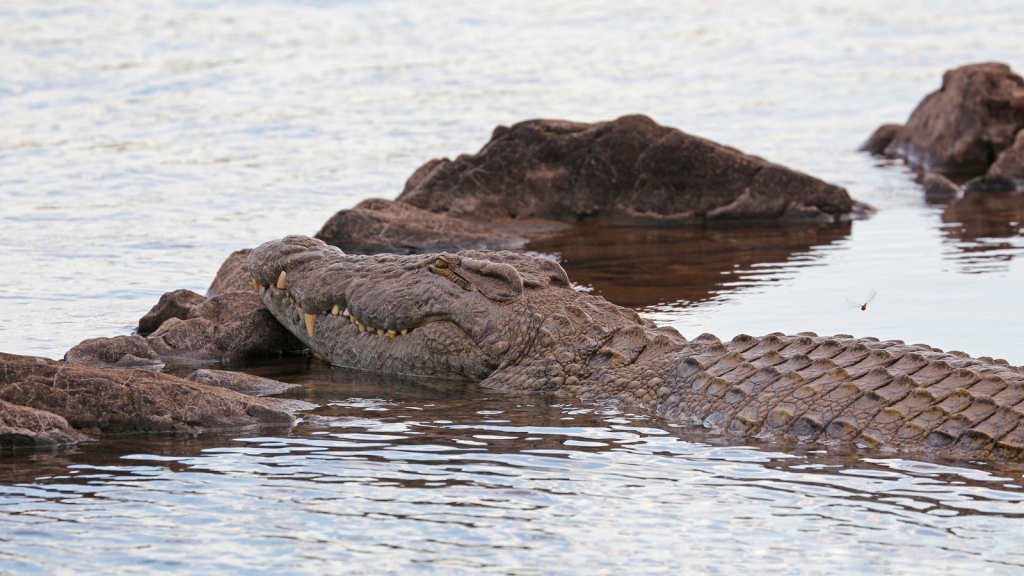
While aardvarks typically avoid water, they sometimes need to cross rivers or streams. In these moments, they become vulnerable to crocodiles. Nile crocodiles are opportunistic predators and will attack any animal that comes within reach. Their powerful tails and strong jaws make them nearly impossible for an aardvark to escape once caught.
Cheetahs
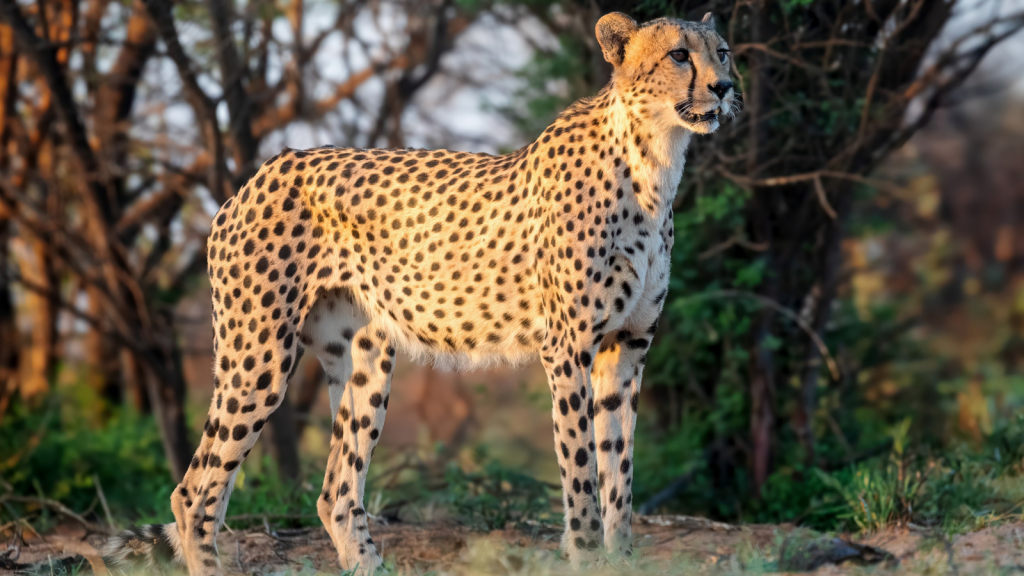
Although cheetahs typically prey on smaller, faster animals, they have been known to hunt aardvarks when the opportunity presents itself. Their incredible speed gives them an advantage, especially when hunting younger or injured aardvarks. Cheetahs’ sharp claws and teeth can quickly subdue an aardvark once they’ve caught up to it.
Martial Eagles
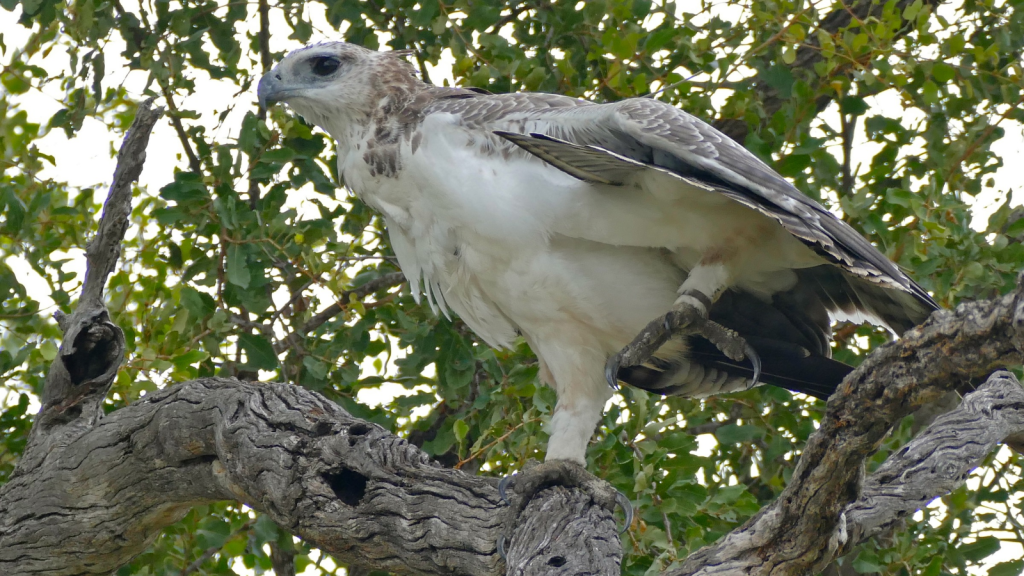
These powerful birds of prey have been observed attacking young aardvarks. While an adult aardvark would be too large for them to carry off, a martial eagle might target aardvark pups. Their sharp talons and beak make them formidable predators. Martial eagles have excellent eyesight, allowing them to spot vulnerable aardvarks from great distances.
Honey Badgers
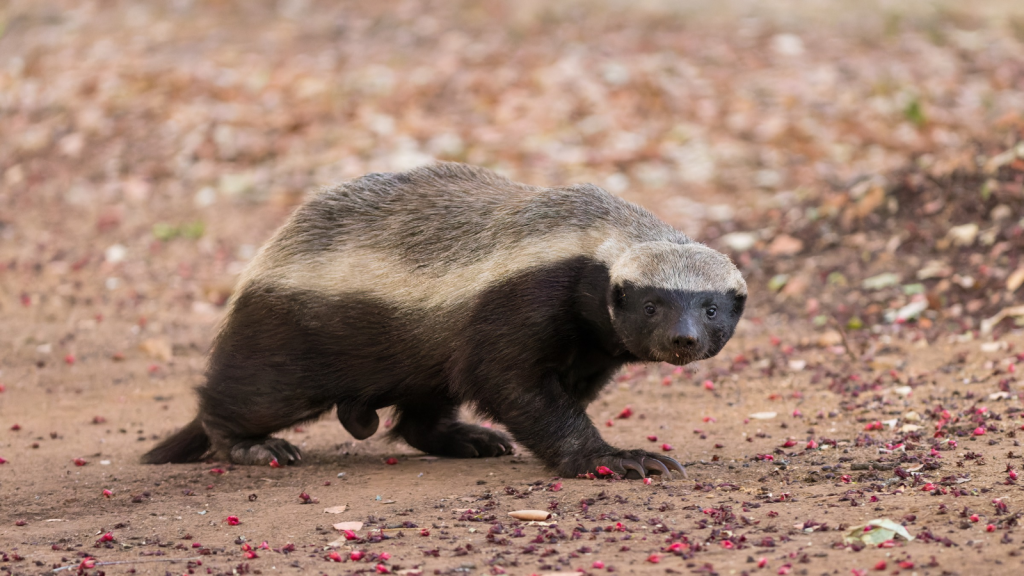
Despite their small size, honey badgers are fierce predators known for their tenacity. While they typically feed on smaller animals, they’ve been known to attack and eat young aardvarks. Their thick skin and strong jaws make them surprisingly dangerous opponents. Honey badgers are also known for their intelligence, which they may use to outsmart and ambush aardvarks.
African Rock Pythons

These massive snakes are among the largest in Africa and are capable of consuming prey as large as antelopes. While aardvarks aren’t their typical prey, a large rock python could potentially overpower and consume an aardvark, especially a younger one. African rock pythons have been known to fast for months after consuming a large meal, which could include an aardvark.
Humans

Unfortunately, humans pose a significant threat to aardvarks in some regions. They are sometimes hunted for their meat or for traditional medicine. Human activities like habitat destruction also indirectly threaten aardvark populations. In some areas, aardvarks are also killed because they’re considered agricultural pests due to their burrowing habits.
Serval Cats
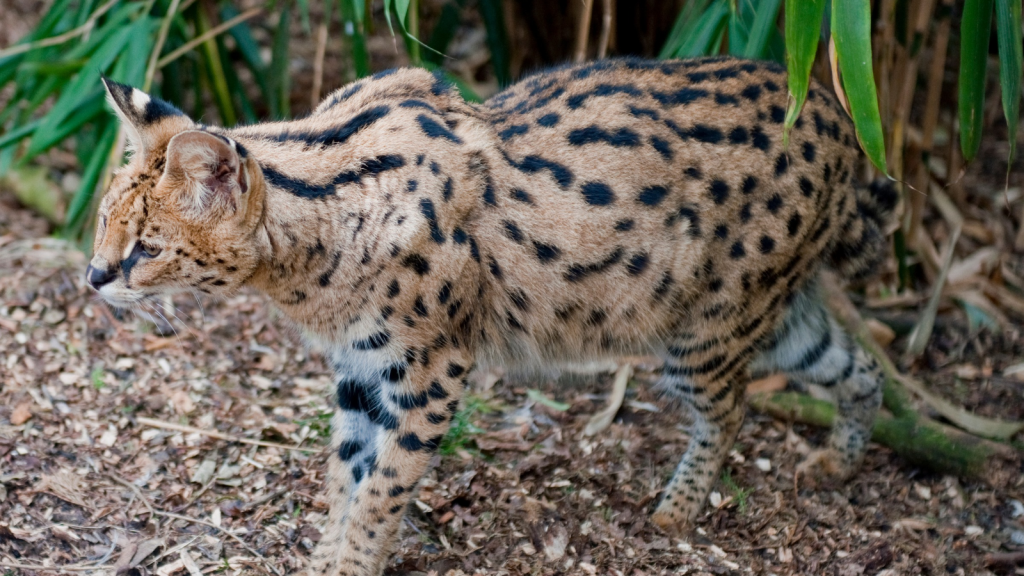
While servals typically prey on smaller animals, they have been known to attack young or injured aardvarks. These medium-sized cats are agile and have excellent hearing, which helps them locate prey even in the dark when aardvarks are active. Servals can leap up to 3 meters high, allowing them to pounce on aardvarks from above.
African Civet
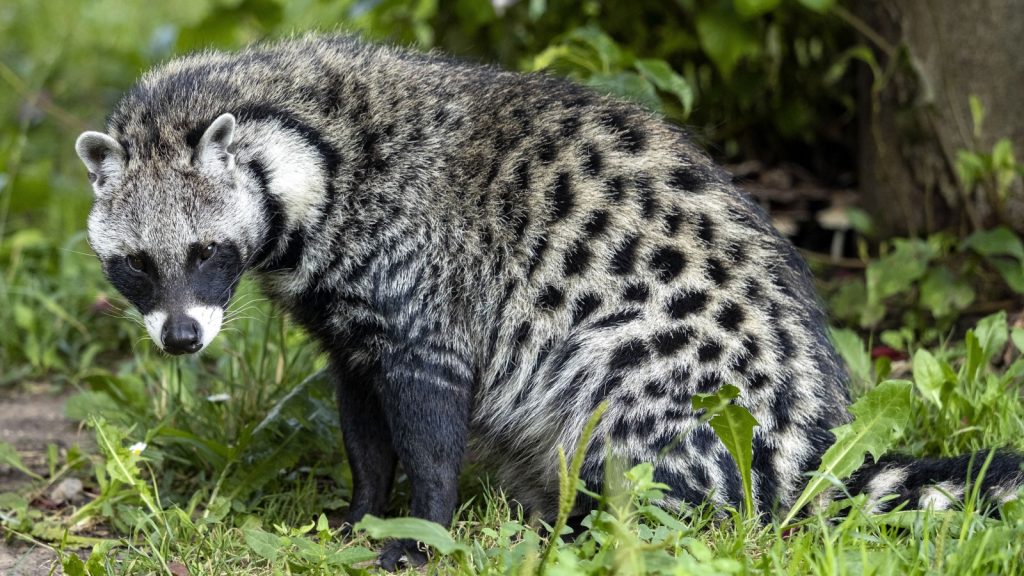
These nocturnal mammals are omnivores and opportunistic feeders. While they primarily eat smaller prey, civets might attack young or weakened aardvarks if given the chance. Their nocturnal habits mean they’re active at the same time as aardvarks. Civets have a keen sense of smell, which helps them locate potential prey like aardvarks.
Secretary Birds

These large, terrestrial birds of prey are known for their ability to kill snakes, but they’ll eat a variety of animals. While an adult aardvark would be too large, secretary birds might prey on very young aardvarks. They use their powerful legs to stomp on their prey. Secretary birds can deliver kicks with a force five times their body weight, potentially stunning or killing a young aardvark.
Black-Backed Jackals

These small canines are opportunistic predators and scavengers. While an adult aardvark would be too large for them to tackle alone, jackals might hunt aardvark pups or scavenge aardvarks killed by larger predators. They often work in pairs, which increases their hunting success. Jackals are also known to follow larger predators, hoping to steal a portion of their kill, which could include an aardvark.

